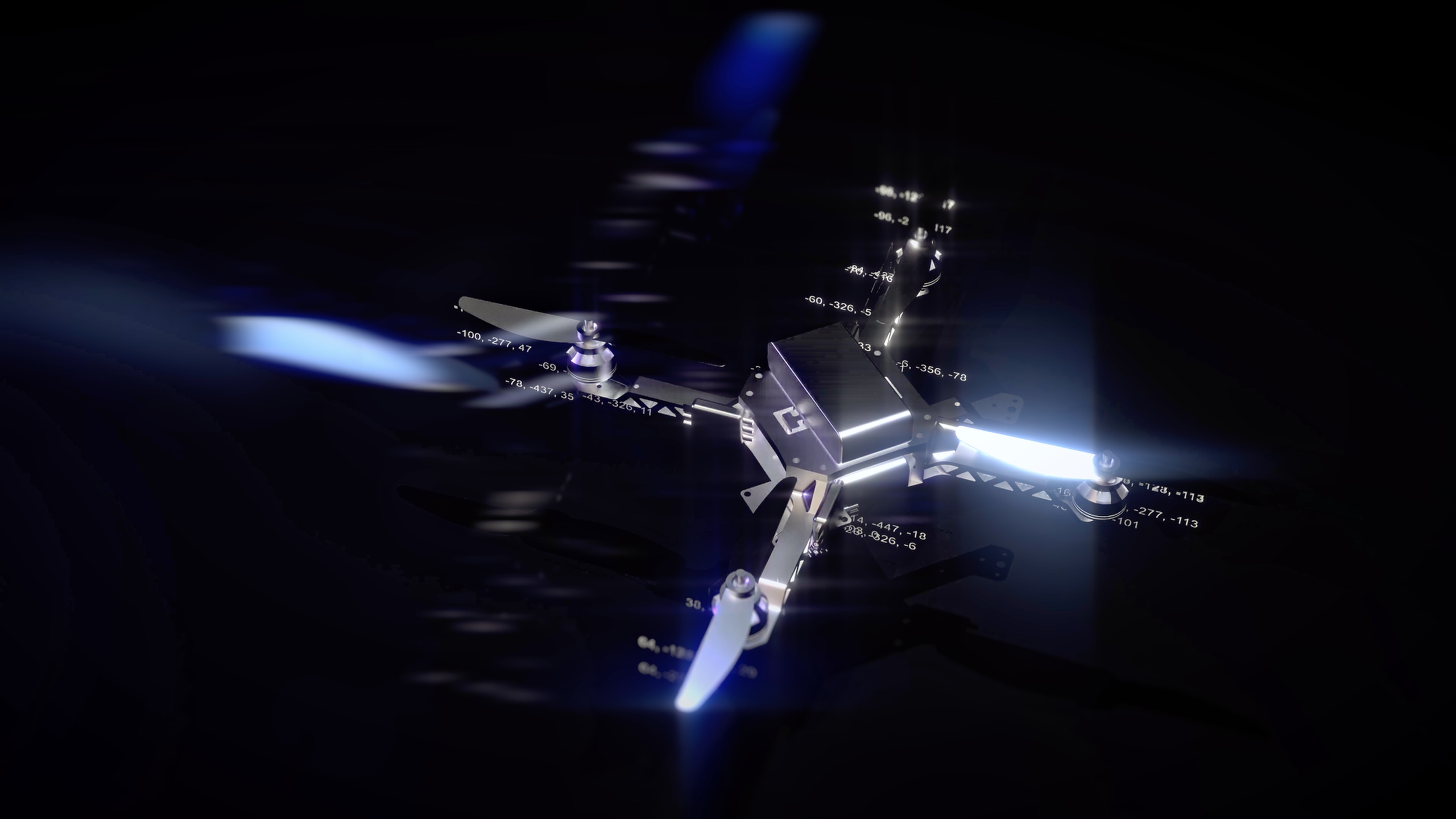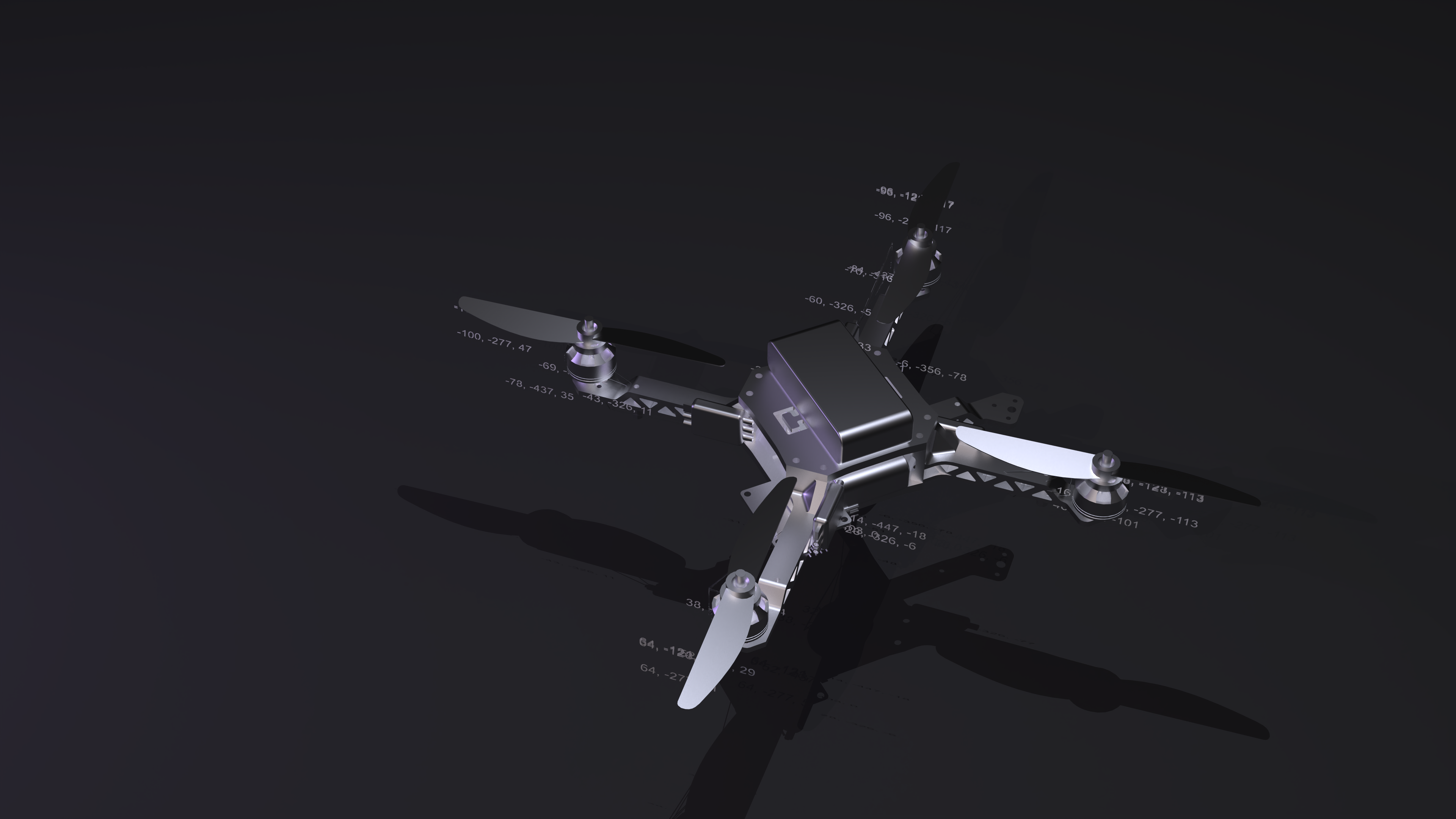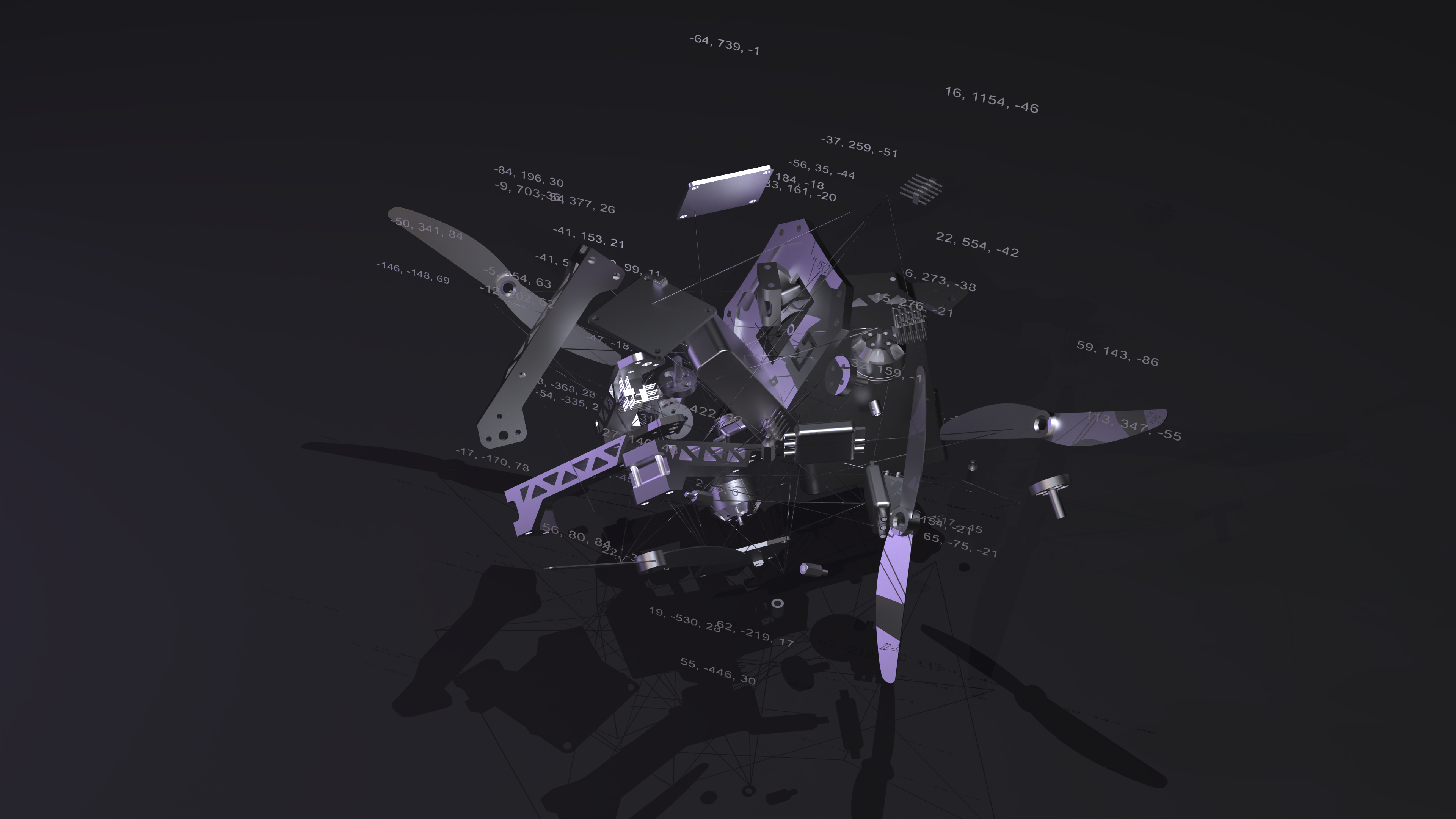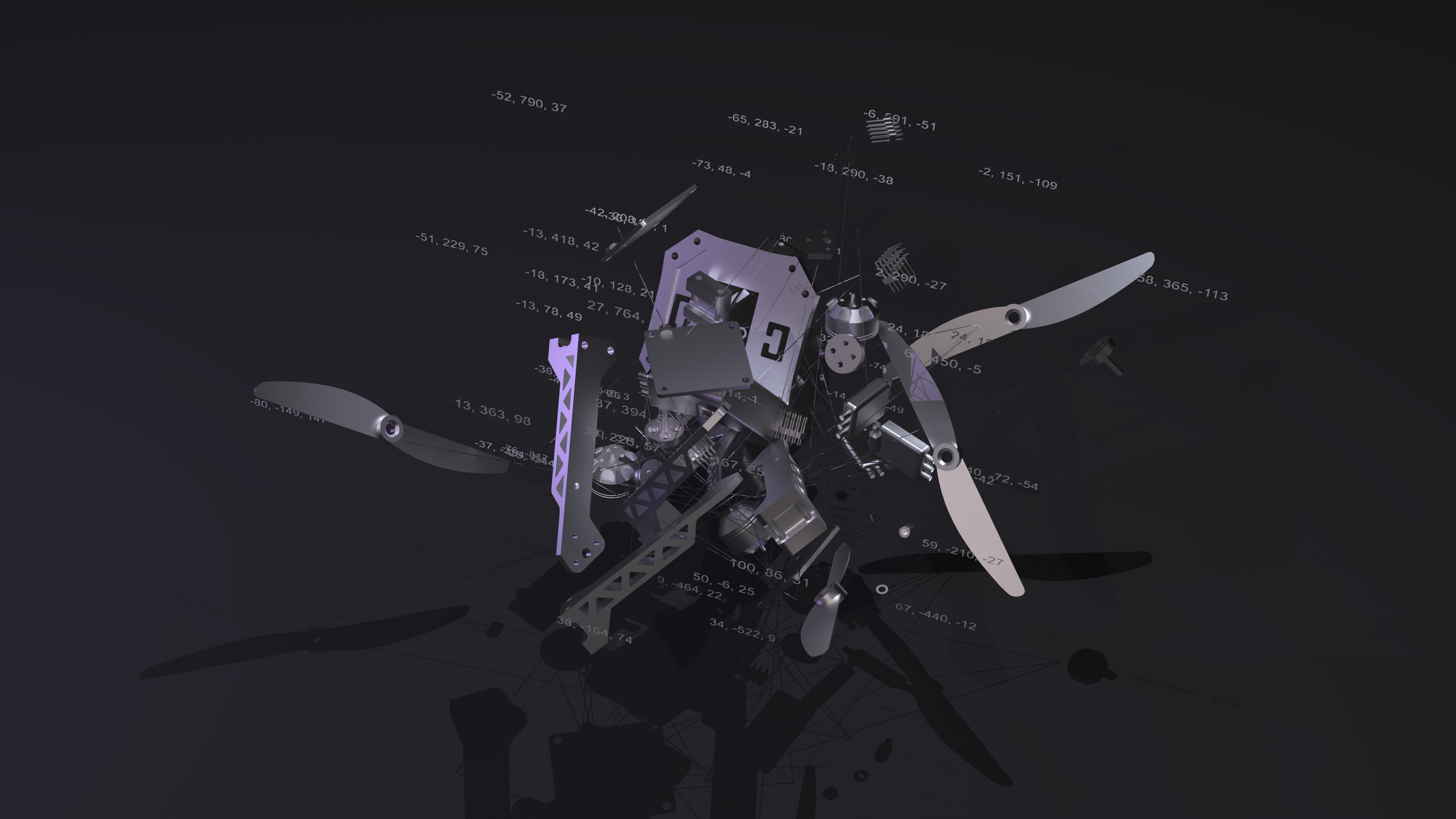EXPLODED VIEWS OF A FUTURE PRESENT
EV of a FP combines machine learning, seeing and exploded views in a contemporary statement about optimisation. Machines are metaphors and represent their time. They steer our perception of the world, how we look a things and construct of perception.
“Seeing is always an ethical act,” Khan argues. “We have a deep responsibility for understanding how our interpretation of information before us, physical or digital, produces the world.” Nora N. Khan
In an exploded view, all parts of an object are visible in a three-dimensional model, related to each other in such a way that it looks like a small explosion took place in the center of the object. By taking objects apart in this way, different layers of meaning become visible. In this way, new insights, visions, shapes and meanings can arise. During the Renaissance, the exploded view was used for the first time in the arts. Artists began to look for ways to represent reality in a real way. Leonardo da Vinci (1452-1519) for example, made a drawing of his reciprocating motion machine, and also applied the technique to drawings of human anatomy. This technique is often used in patents, to show what a specific design looks like and how it works. In the 21st century exploded views can be redefined.Thanks to artificial intelligence, and more specifically machine learning, we can label all components, to indicate their origin or their mutual relationship. This methodology opens doors for creative explorations in reassembling exploded views through artificial intelligence, and playing, destabilizing and disrupting them as a statement. Too often bias or prejudices creeps into that process. Artists who work with AI, such as De Wilde, are aware that they are using the tools that also serve the information economy and political devices.
Questioning the status of AI art is both from an artistic point of view as from a social point of view particularly relevant. Exploded views of a future present can thus be interpreted as a recognition of that reality and turn the classical and historical interpretation upside down by means of the tools that can in fact still optimize them. This makes Exploded views of a future present a radical statement that critically questions the technological acceleration linked to – often hidden – ideological agendas.





